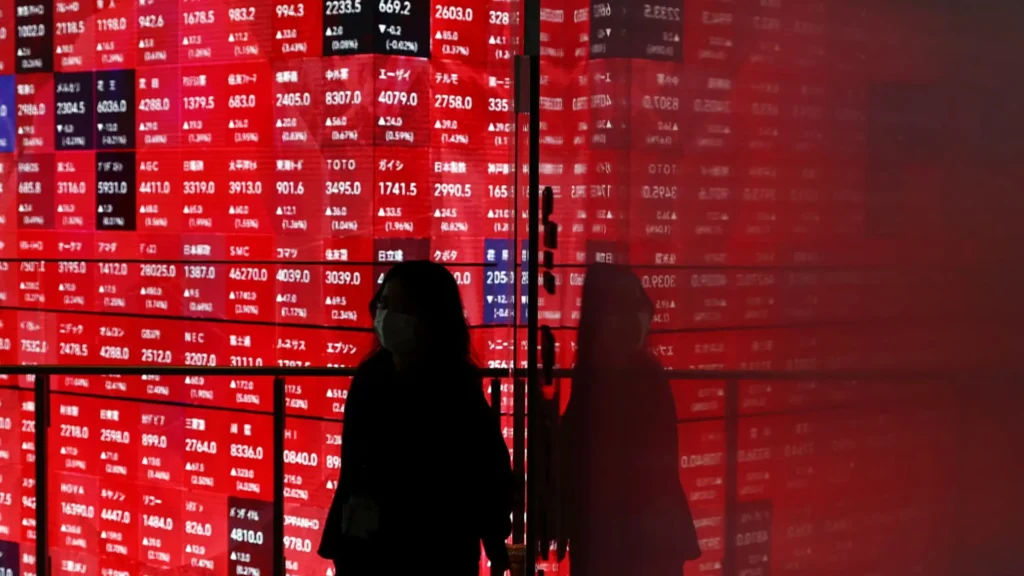Japan’s government bond market is entering a turbulent week, with pressure mounting from both domestic political instability and shifting central bank policies. Add in uncertainty from the U.S. Federal Reserve, and the stakes couldn’t be higher for the world’s third-largest economy.
Political Upheaval Shakes Market Confidence
The ruling coalition’s loss of its majority in Japan’s upper house elections has rattled investor confidence, pushing long-term Japanese Government Bond (JGB) yields near record highs. With opposition parties calling for debt-funded tax cuts, pressure is intensifying on Prime Minister Shigeru Ishiba, a fiscal conservative, to resign.
Market watchers believe Ishiba’s resignation is only a matter of time—possibly as soon as this Friday, when an extraordinary parliamentary session is scheduled. Some reports suggest he could delay stepping down until after a key WWII commemoration event on August 15, or until the ruling LDP releases a formal review of its election loss next month.
If a leadership race is triggered, Sanae Takaichi, a known reflationist and former contender, could emerge as a front-runner. Her potential rise worries bond markets due to her more expansionary fiscal stance.
Short-Term Yields Rise on U.S. Trade Deal
Meanwhile, short-term JGB yields have climbed to multi-month highs, spurred by the recent trade agreement between Japan and the U.S. The deal has improved Japan’s economic outlook and removed a key obstacle for the Bank of Japan (BOJ) to consider resuming interest rate hikes—possibly as early as October.
What to Expect from the Bank of Japan
While no immediate policy changes are expected at the BOJ’s Thursday meeting, all eyes are on the quarterly outlook report and Governor Kazuo Ueda’s press briefing. Any hint of rate hikes or reduced bond-buying could further shake up the bond market.
The central bank is widely expected to continue its slow exit from ultra-loose monetary policy. But as it pulls back on bond purchases, the Ministry of Finance will need to find new buyers to stabilize the market. Finance Minister Katsunobu Kato acknowledged this challenge on Monday, noting that earlier this year, the ministry tried to calm the market by issuing more short-term bonds.Still, pre-election bond sell-offs indicate that investor anxiety remains high.
The Fed Factor: External Pressure Adds to Volatility
Japan’s bond market doesn’t operate in isolation. As the U.S. prepares for a crucial Federal Reserve meeting on Wednesday, global investors are bracing for ripple effects.
While the Fed is expected to hold rates steady, internal divisions are likely. Governors Christopher Waller and Michelle Bowman are expected to dissent in favor of a rate cut. Waller’s name has even been floated as a possible successor to Fed Chair Jerome Powell, a position that could shift U.S. monetary policy in a more dovish direction.
More concerning, however, are the political pressures on the Fed. President Donald Trump has repeatedly threatened to fire Powell and called for aggressive rate cuts—moves that risk undermining the Fed’s independence.
If Powell were to be replaced by a more dovish figure, short-term bond yields could drop. But at the same time, concerns about U.S. fiscal stability and dollar credibility could spark a sell-off in long-term Treasuries, pushing global yields—including Japan’s—even higher.
Why This Week Matters
This week marks a critical inflection point for Japan’s fragile bond market. Political instability at home, potential shifts in monetary policy, and global uncertainty from Washington could all converge to test the market’s resilience.For investors, the signals coming out of Tokyo and Washington this week could set the tone for months to come—especially as Japan walks a tightrope between economic recovery and fiscal prudence.
